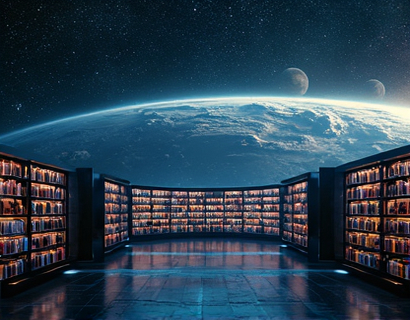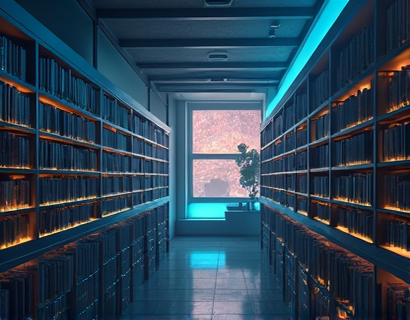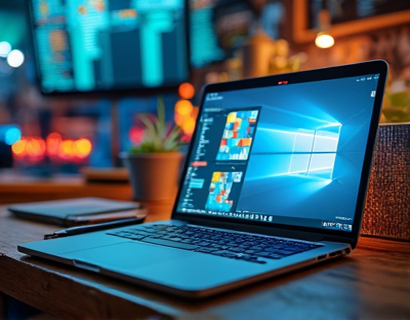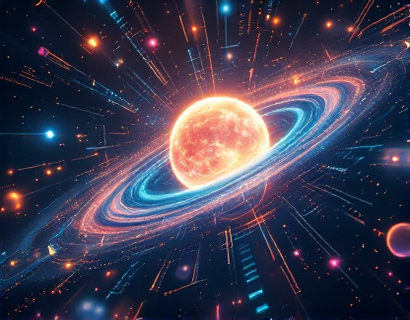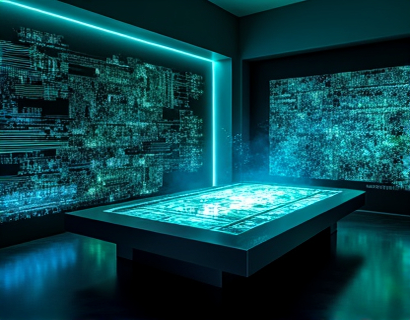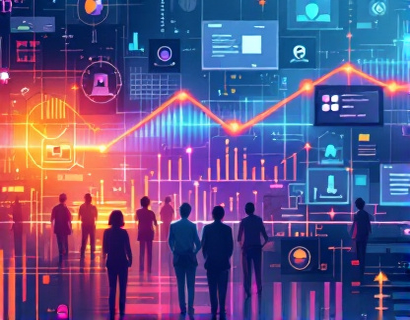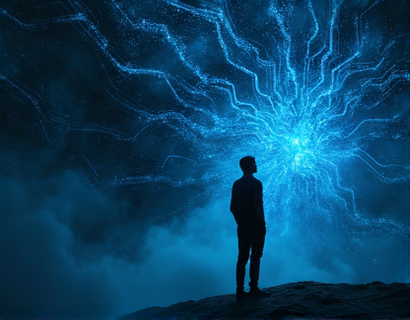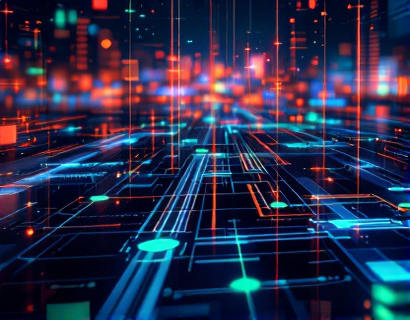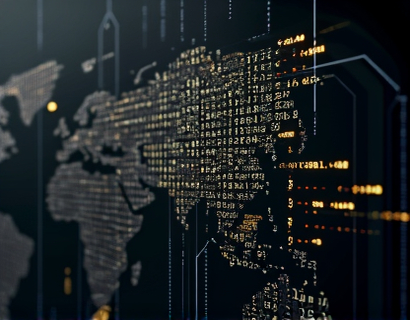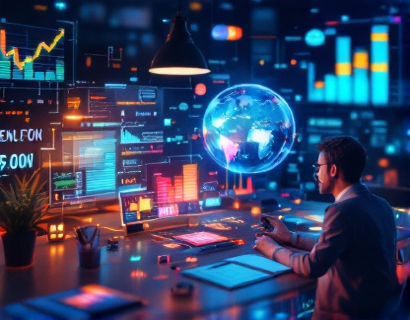AI-Driven Insights: Uncovering Egypt's Secrets with Cutting-Edge Technology and Authentic Artifacts
The ancient civilization of Egypt, with its towering pyramids, intricate hieroglyphs, and enigmatic pharaohs, continues to captivate the imagination of people around the world. In recent years, the integration of advanced technologies, particularly artificial intelligence, has revolutionized the way we explore and understand this rich cultural heritage. This article delves into how AI-driven insights, combined with authentic artifacts, are uncovering the mysteries of Egypt, offering unprecedented insights into one of history's most fascinating civilizations.
AI in Archaeological Research
Artificial intelligence has become an indispensable tool in archaeological research, and Egyptology is no exception. AI algorithms can process vast amounts of data, identify patterns, and make predictions that would be impossible for humans to achieve alone. One of the primary applications of AI in Egyptology is in the analysis of satellite imagery and aerial photographs. These images, when processed through machine learning algorithms, can reveal subtle changes in the landscape that indicate the presence of buried structures or artifacts. This technology has already led to the discovery of numerous previously unknown sites, including tombs, temples, and settlements.
Another significant application of AI is in the field of image recognition. High-resolution scans of artifacts, inscriptions, and paintings can be analyzed to identify details that are not visible to the naked eye. For instance, AI can detect faint hieroglyphs or traces of pigments that have faded over time. This not only aids in the preservation and restoration of artifacts but also provides deeper insights into the artistic techniques and materials used by ancient Egyptians.
Virtual Reconstruction of Ancient Sites
One of the most exciting applications of AI in Egyptology is the virtual reconstruction of ancient sites. Using 3D modeling and AI-driven simulations, researchers can recreate temples, pyramids, and other structures as they once stood. These virtual reconstructions are not just visually stunning; they also offer a dynamic way to explore and understand the spatial relationships and functional aspects of these ancient environments. For example, virtual tours of the Temple of Karnak allow visitors to walk through the temple complex, experiencing the grandeur and complexity of this ancient place of worship.
These virtual reconstructions are particularly valuable for sites that have been damaged or destroyed over the centuries. By combining historical records, archaeological findings, and AI-generated models, researchers can piece together a more complete picture of these lost monuments. This technology also aids in educational settings, providing students and enthusiasts with immersive learning experiences that bring ancient Egypt to life.
AI-Assisted Translation and Interpretation
Hieroglyphs and other ancient writing systems pose significant challenges for Egyptologists. The decipherment of these scripts has been a gradual process, with many texts remaining partially or fully undeciphered. AI has significantly accelerated this process by developing advanced algorithms for translation and interpretation. These algorithms can analyze vast corpora of texts, identifying linguistic patterns and correlations that human scholars might miss.
For instance, AI has been instrumental in translating previously undeciphered texts from the Tomb of Tutankhamun's treasury. By comparing these texts with known hieroglyphic inscriptions, AI can suggest plausible translations and help scholars refine their understanding of the language. This not only speeds up the research process but also opens up new avenues for interpreting the cultural and historical context of these texts.
Preservation and Restoration
The preservation of Egypt's cultural heritage is a critical concern, and AI is playing a pivotal role in this effort. Advanced imaging techniques, such as multispectral and hyperspectral imaging, can reveal hidden layers of paintings and inscriptions, providing insights into the original intentions of the artists. AI algorithms can analyze these images to separate overlapping images and restore damaged sections, effectively "unveiling" the original artwork.
In the realm of physical restoration, AI can assist in predicting the most effective conservation methods. By analyzing the material composition and environmental conditions, AI can recommend tailored preservation strategies that minimize further degradation. This data-driven approach ensures that the artifacts are preserved for future generations while maintaining their historical integrity.
Authentic Artifacts and Their Significance
While AI provides powerful tools for discovery and analysis, the physical artifacts themselves remain irreplaceable sources of knowledge. Authentic Egyptian artifacts, ranging from delicate pottery to massive stone statues, offer tangible connections to the past. Each artifact tells a story, whether it's a personal item from a commoner's home or a monumental sculpture from a royal temple.
For enthusiasts and collectors, owning a piece of this history is a profound experience. Authentic artifacts not only serve as decorative items but also as educational tools that bring the culture to life. The tactile experience of holding an ancient artifact, feeling its weight and texture, provides a deeper connection to the people who created and used it.
The e-commerce aspect of this platform offers a curated selection of genuine Egyptian artifacts, each accompanied by detailed descriptions and historical context. These items are sourced from reputable collectors and institutions, ensuring their authenticity and provenance. Whether it's a small amulet or a fragment of a papyrus, each piece is a window into the past, allowing owners to experience the timeless allure of ancient Egypt.
Exploring Specific Artifacts
One notable artifact is the golden mask of a noble from the New Kingdom period. This mask, crafted with intricate detail and precious materials, provides insights into the funerary practices and beliefs of the time. AI analysis of similar masks has revealed the use of specific metals and pigments, as well as the symbolic significance of the designs. For collectors, owning a replica or a high-quality cast of such a mask offers a tangible link to this sophisticated culture.
Another fascinating artifact is a fragment of a papyrus scroll containing religious texts. AI-driven image recognition has helped scholars transcribe and translate these texts, uncovering new information about the religious practices and cosmology of ancient Egypt. For enthusiasts, having a high-quality image or a detailed reproduction of such a scroll can enhance their understanding and appreciation of Egyptian religion.
The Role of AI in Educational Outreach
AI-driven insights are not only valuable for researchers and collectors but also for educators and the general public. Interactive online platforms powered by AI can provide immersive learning experiences, from virtual museum tours to interactive timelines and quizzes. These tools make the study of ancient Egypt accessible to a global audience, breaking down barriers of location and expertise.
For students, AI can serve as a personalized learning assistant, adapting to their interests and knowledge level. Whether they are exploring the daily life of ancient Egyptians, the construction techniques of the pyramids, or the political history of the pharaohs, AI can provide tailored content and resources. This personalized approach enhances engagement and deepens understanding, making the study of Egyptology more dynamic and enjoyable.
Conclusion
The combination of AI-driven insights and authentic artifacts is transforming our understanding of ancient Egypt. From the discovery of new sites to the preservation of artifacts, AI is opening up new frontiers in Egyptology. For enthusiasts and learners, this technology offers unparalleled access to the rich cultural heritage of Egypt, making it an essential resource for anyone interested in this fascinating civilization. Whether through virtual reconstructions, AI-assisted translations, or the ownership of genuine artifacts, the wonders of ancient Egypt are more accessible than ever before.





